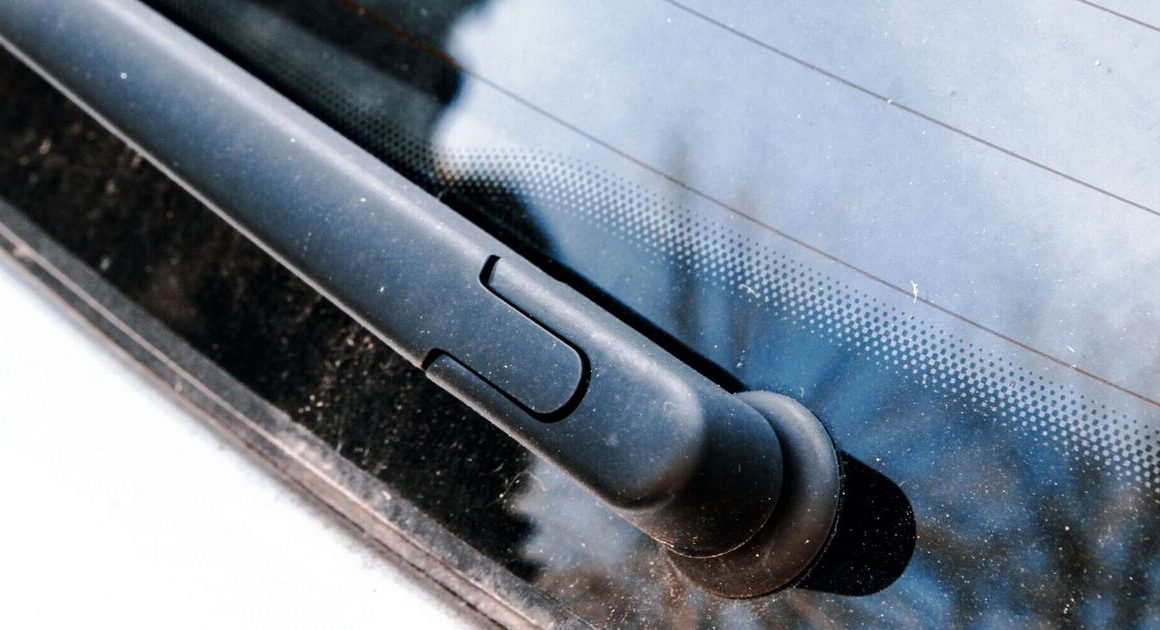Pruning is just one of the few tasks that Japanese maple trees really benefit from to maintain their neat appearance.
Some Japanese maples can be pricey, and people often have a plant-it-and-forget-it attitude with trees in their gardens, but this is an essential care task you shouldn’t skip.
Japanese maples should be pruned for health and aesthetics. Remove any dead, dying or broken branches, then prune for aesthetics with what’s left.
Prune it to establish its shape or to maintain its shape. Every form of Japanese maple, whether weeping or upright, must be pruned to keep its visual appeal.
If you feel tempted to skip pruning a Japanese maple for health, remember that you can’t have a good-looking tree if it isn’t healthy.
If you’re uncertain about how to prune your Japanese maple, advice has been shared by the Toronto Master Gardeners in response to a query from gardener Ingrid Hann.
The Toronto Master Gardeners, a group of over 130 experienced horticulturists, offered their expertise.
Ingrid described her seven-year-old Japanese Maple as “healthy” and approximately five feet tall. The experts highlighted that Japanese maples are “beautiful” plants that can serve as the “focal point” of any garden.
Young Japanese maple trees are sometimes prone to thin branch growth which can detract from the tree’s pretty appearance. However, the experts said these branches can grow and become strong branches.
Pruning Japanese maples early is the “best time” as it can “encourage more beautiful growth of these spindly branches”.
Patience is advised with younger trees, as the branches will eventually thicken. The experts suggest winter pruning when the structure of the branches is clearly visible.
Pruning in summer isn’t recommended as it’s less likely to encourage new branch growth and gardeners should also avoid pruning more than 20 percent of the crown, and no more than a quarter of the foliage on any parent branch.
To prune Japanese maples, always prune away any lower branches that look different or have dissimilar leaves from the top of the tree and make the cuts as close as possible to the collar without cutting into the collar itself.
The pros warned: “Removing too much foliage at one time inhibits the tree’s ability to produce nutrients and can expose the inner branches and trunk to sun damage.”












